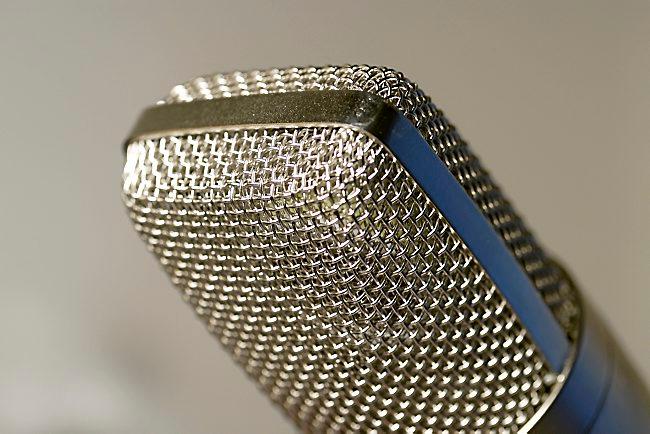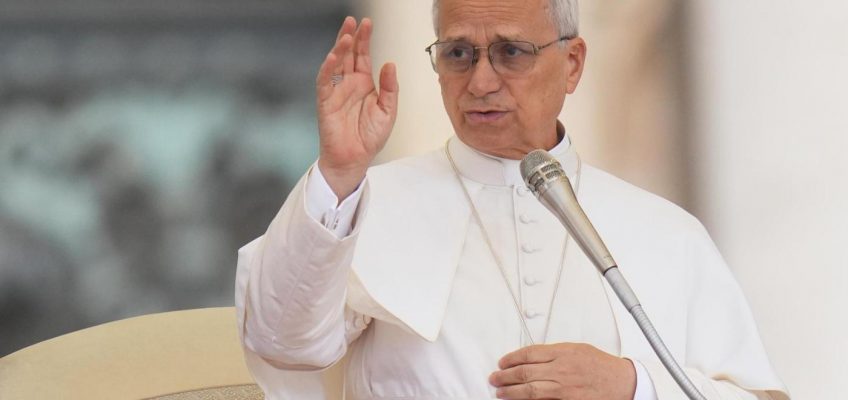In the wake of Charlie Kirk’s assassination, the Trump administration is following a very specific, very old script. It argues that political speech causes political violence, and that this speech must therefore be punished.
It is imperative that all defenders of free speech — whether on the left, right, or in the center — reject this narrative from the outset. For more than a century, the American understanding of free speech has been that political expression may only be punished when it incites imminent violence, for example, whipping up a crowd of angry people until they riot.
This principle of free speech, which traces back to Supreme Court Justice Oliver Wendell Holmes and the famous “clear and present danger” test, is designed to protect political beliefs, however wrong or dangerous they may be, by separating the expression of ideas from an individual’s choice to take unlawful action. It is the bedrock of the First Amendment as we know it. Breaking the distinction between protected political speech and illegal action is a frontal attack on the most basic freedom in our constitutional system.
So don’t take the bait. When the president, the attorney general, or others in the administration say that liberal speech caused Tyler Robinson to shoot Kirk, don’t respond by saying that Kirk’s speech also incited violence. Don’t say that outrageous remarks by a Fox News commentator caused a mass shooting at a homeless encampment in Minneapolis. Such claims of causation play directly into the Trump administration’s strategy: using political violence as an excuse to suppress speech it doesn’t like.
The words “clear and present danger” are so familiar that it’s worth reminding ourselves of what Holmes’ famous ruling actually said — and of how the Supreme Court has updated the rule since 1919, when he introduced it in the case of Schenck v. United States. The case involved a leaflet, printed in the middle of World War I, urging resistance to the draft, which the leaflet depicted as serving the interests of what Holmes called “Wall Street’s chosen few.” The defendant had been criminally convicted in federal court of violating the Espionage Act by obstructing recruitment and enlistment, as well as causing and attempting to cause insubordination in the military.
Holmes explained the test as follows: “The question in every case is whether the words used are used in such circumstances and are of such a nature as to create a clear and present danger that they will bring about the substantive evils that Congress has a right to prevent.”
Put simply, Holmes was saying that political speech can only be banned as incitement if a court determines that the speech is very likely to cause illegal action (so that the danger is clear) and that the action is likely to occur immediately (so that the danger is present).
The innovation of the test was that the government could no longer allege that a given argument might cause or contribute to an illegal outcome somewhere down the line. By demanding clarity and presence, the clear and present danger test intentionally protected political speech — even speech calling for the violent overthrow of the federal government — absent the immediacy and probability of the speech causing that result.
In 1969, in the famous case of Brandenburg v. Ohio, the Supreme Court, in an unsigned per curiam opinion on behalf of the whole court, made the test even more protective of speech than Holmes had. It wrote that incitement to violence or other lawless action is constitutionally protected “except where such advocacy is directed to inciting or producing imminent lawless action and is likely to incite or produce such action.”
This new test specified that two separate conditions must be satisfied before speech can be punished as incitement. First, the speech must be intended by the speaker to produce immediate illegal action. And second, the speech must be likely to cause that immediate action.
Brandenburg is still good law. It governs any attempt by the Trump administration to suppress free speech in the name of reducing political violence. Every judge in every court in the land knows the test, and I expect that they will follow it faithfully.
But the principle behind Brandenburg and its predecessor, the clear and present danger test, needs to be defended on its own terms lest our free-speech tradition fail when put to the test of real-world violence and an administration keen to exploit it to suppress expression.
Ideas are one thing. The choice to act illegally is another. Those who express ideas must not be held responsible for the separate actions of people who choose to break the law.
The reason for this distinction is simple, even if it is not always obvious: If the government can suppress ideas it doesn’t like, we can’t have a democratic system in which we freely debate ideas.
Related Articles
Michael R Bloomberg: In dark times, Americans need leadership that unites
David M. Drucker: How Erika Kirk memorialized her late husband
David Brooks: The era of dark passions is unleashed
David M. Drucker: Trump is not as unpopular as his opponents think
Lynn Schmidt: Presidential incapacity and the limits of the 25th Amendment
As Holmes noted, free speech is not absolute, and we have to draw the line somewhere. His famous example was that free speech “would not protect a man in falsely shouting fire in a theater and causing a panic.” But short of the intention to produce immediate violence, coupled with the reality that such violence will occur, our constitutional system has now been separating ideas from action for more than a century. We must not lose that tradition of freedom to a president who neither understands nor respects it.
Noah Feldman is a Bloomberg Opinion columnist. A professor of law at Harvard University, he is author, most recently, of “To Be a Jew Today: A New Guide to God, Israel, and the Jewish People.”




